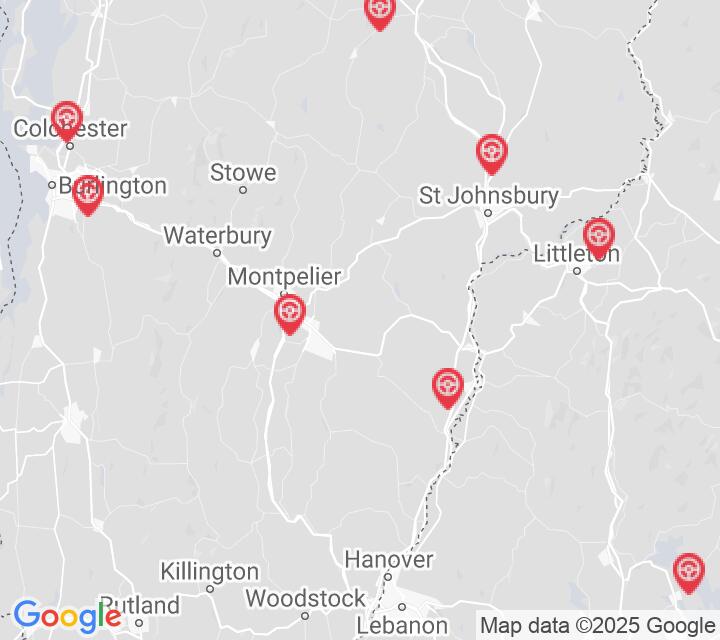2025 Vermont Motorcycle Permit Test 10
The following questions are from real DMV written motorcycle permit tests. These are some of the actual permit questions you will face in Vermont when getting your motorcycle learners permit. Each motorcycle theory practice test question has three answer choices. Select one answer for each question and select "grade this section." You can find this button at the bottom of the drivers license quiz. For a complete list of questions and answers for Vermont please visit https://cheat-sheets.dmv-written-test.com/en/vermont/motorcycle.
Number of Tests
Number of Question
Passing Score
1. Moving into another lane while taking a curve is often the result of:
Explanation
Trying to enter a curve or turn at a speed that is too fast for conditions may cause you to cross into another lane of traffic or leave the road entirely.
2. A motorcyclist's cushion of space:
Explanation
An expanded cushion of space is needed if your motorcycle will take longer than normal to stop. If the pavement is slippery, if you cannot see through the vehicle ahead of you, or if traffic is heavy and another driver may try to squeeze in front of you, open up your following distance.
3. When slowing or stopping, you should use both brakes:
Explanation
You can achieve maximum stopping power by using both the front and rear brakes. You should use both brakes every time you slow or stop.
4. If you are transporting a passenger, they should:
Explanation
A passenger should lean with the operator through turns and curves. They should sit as far forward as possible, without hindering the operator's control of the motorcycle, and hold onto passenger handholds or the operator's waist, hips, or belt.
5. Motorcycle windshields:
Explanation
A windshield is not an adequate substitute for either a face shield or goggles. Most windshields will not protect your eyes from the wind.
6. Which type of sign is yellow with black lettering or symbols?
Explanation


